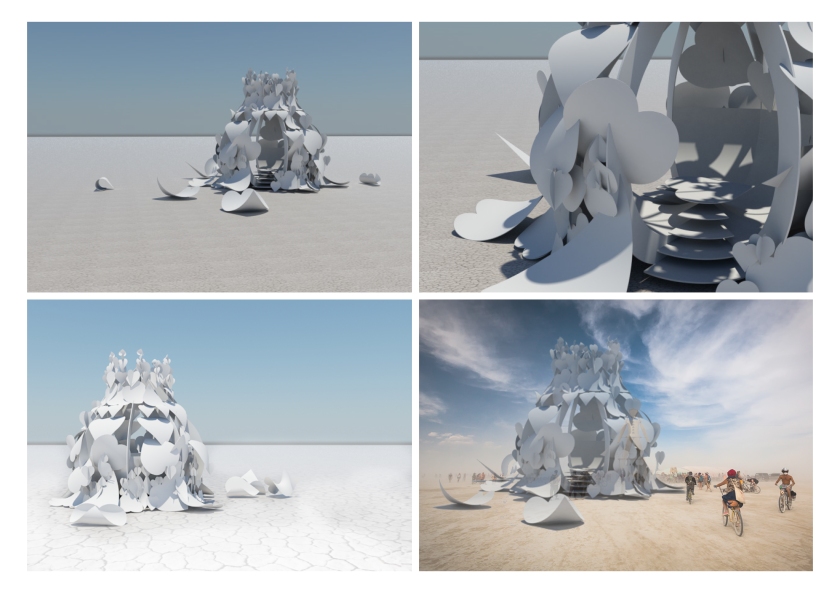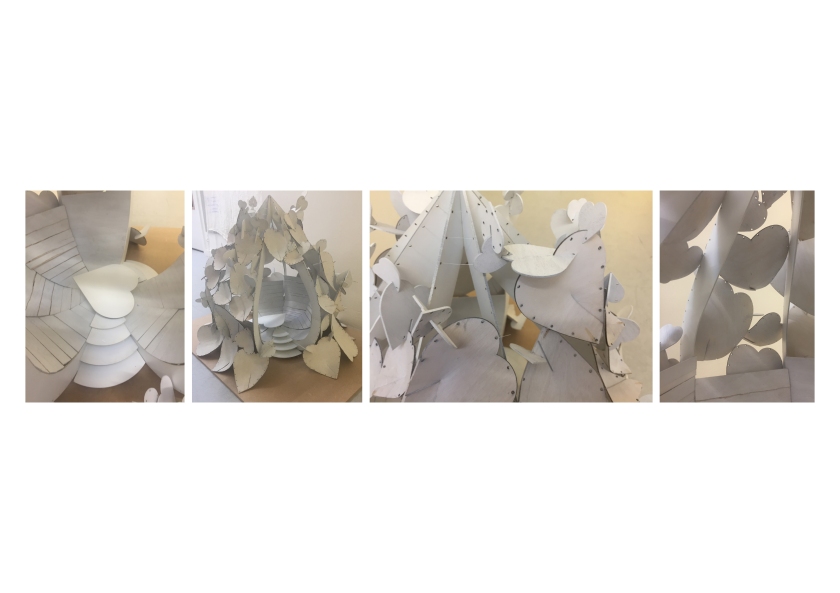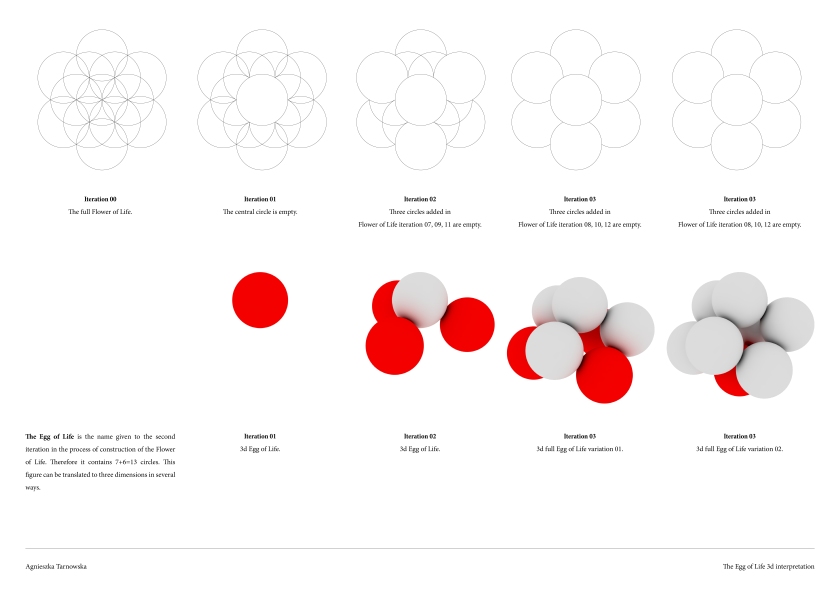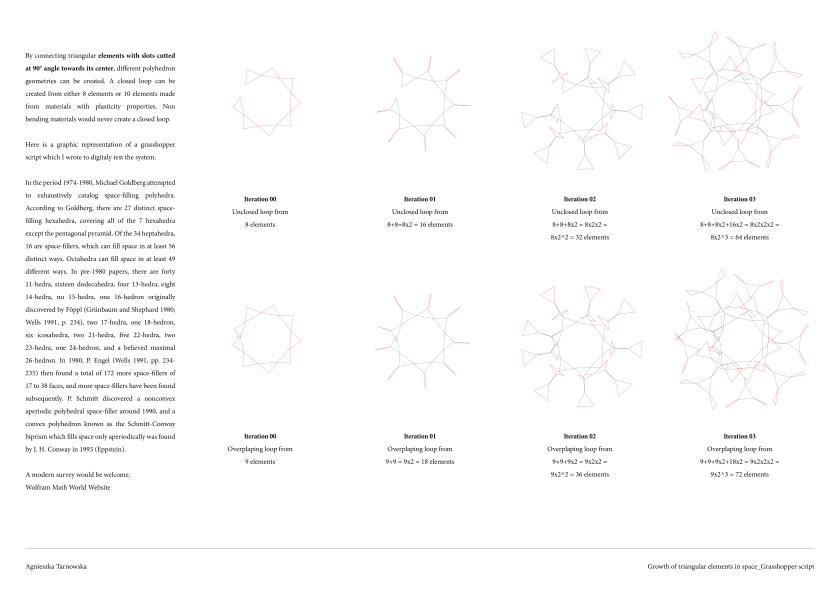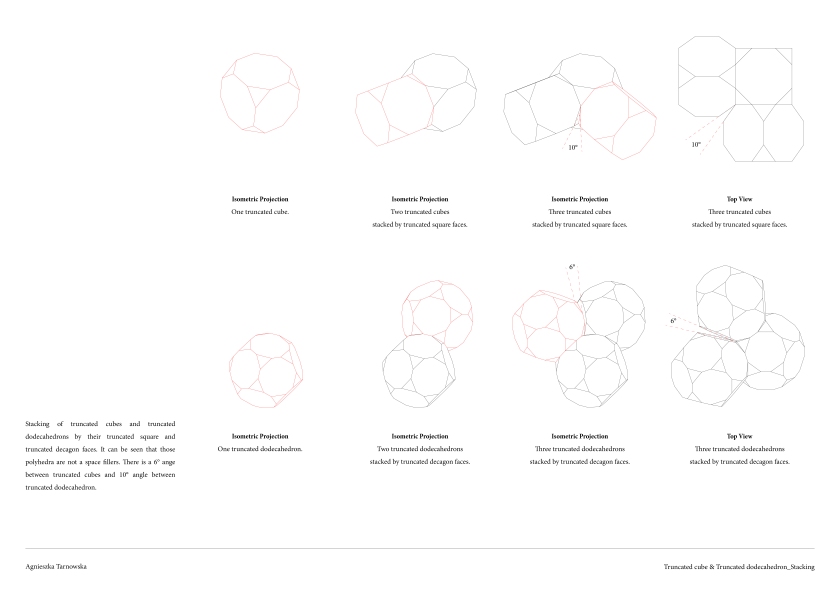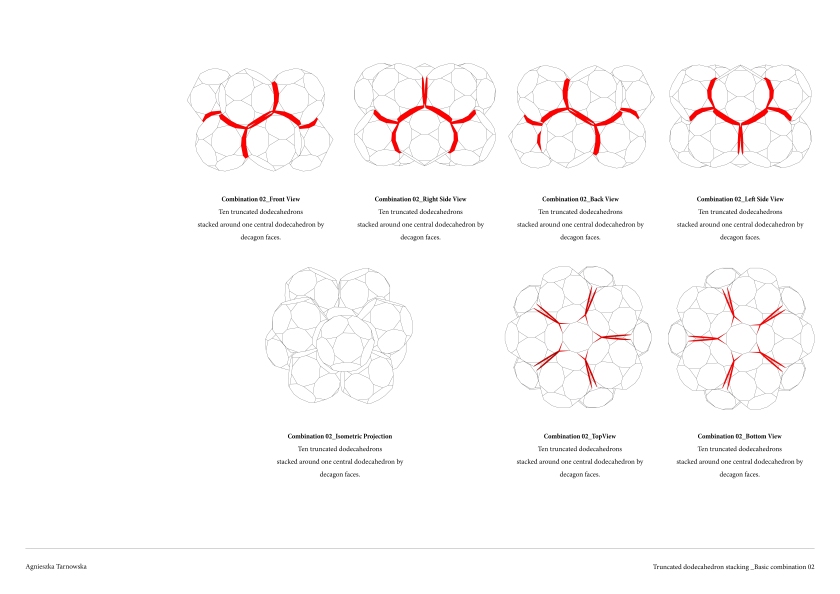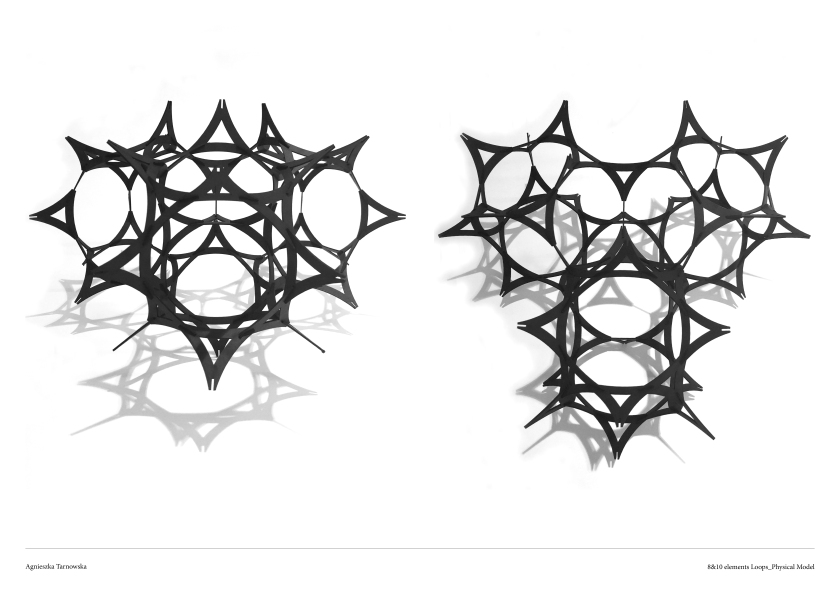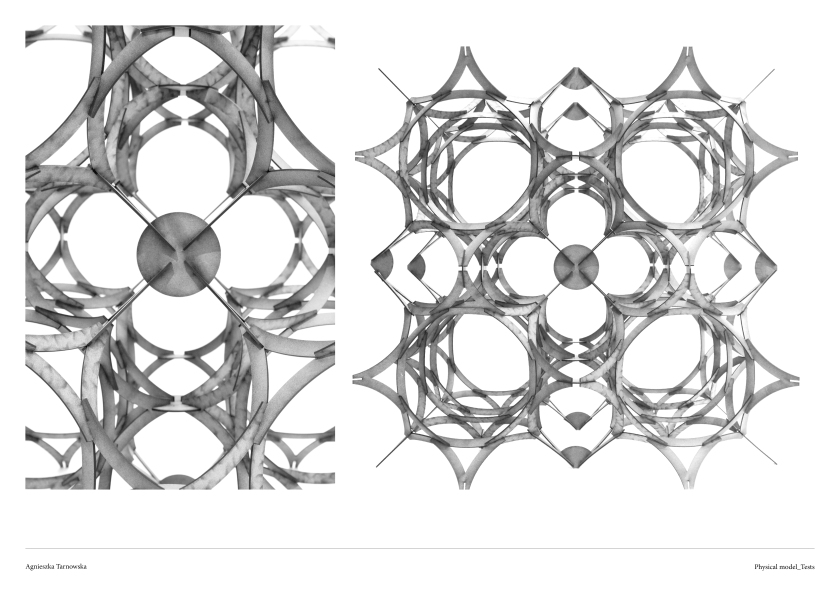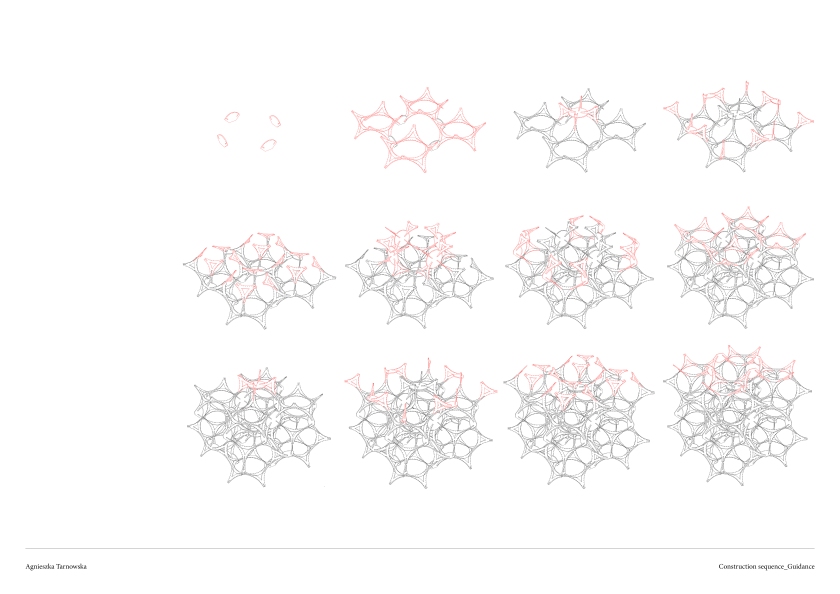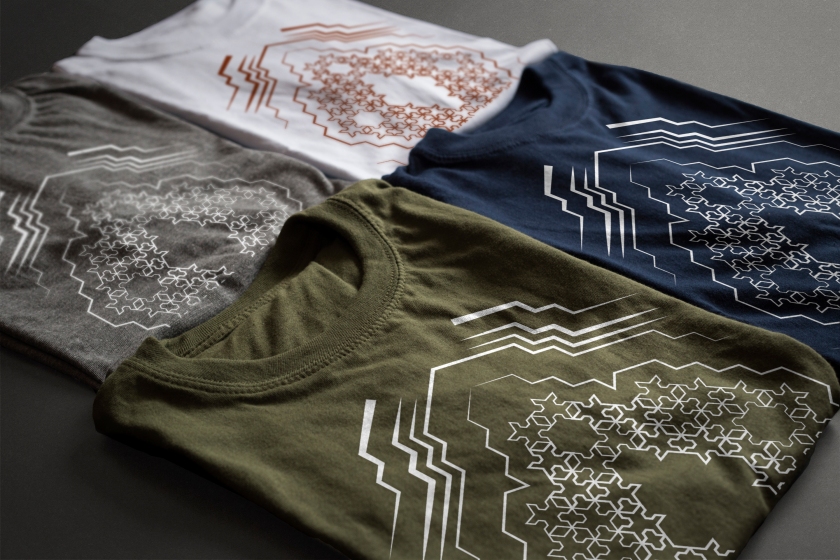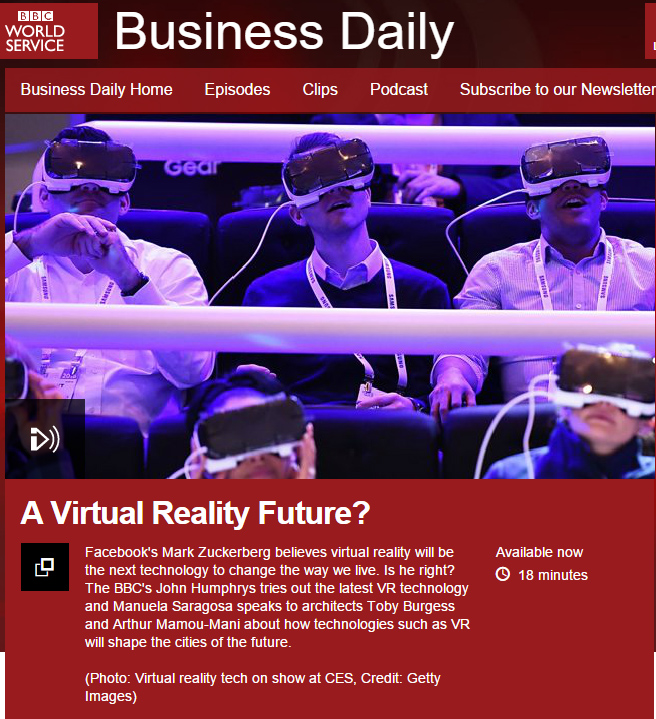Foreword
1.0 Traditional Dimensions
In physics and mathematics, dimensions are used to define the Cartesian plains. The measure of a mathematical space is based on the number of variables require to define it. The dimension of an object is defined by how many coordinates are required to specify a point on it.

1.1 – Zero Dimensions
Something of zero dimensions give us a point. While a point can inhabit (and be defined in) higher dimensions, the point itself has a dimension of zero; you cannot move anywhere on a point.
1.2 – One Dimension
1.3 – Two Dimensions

Surfaces or plains gives us two-dimensional shapes, and are typically bound by one-dimensional shapes (lines/curves).
A plain can be defined by x&y, y&z or x&z; more complex surfaces are commonly defined by u&v values. These variable are arbitrary, what is important is that there are two of them.
1.4 – Three Dimensions

A volume gives us a three-dimensional shape, and can be bound by two-dimensional shapes (surfaces).
2.0 Fractal Dimensions
Fractals can be generally classified as shapes with a non-integer dimension (a dimension that is not a whole number). They may or may not be self-similar, but are typically measured by their properties at different scales.
Felix Hausdorff and Abram Besicovitch demonstrated that, though a line has a dimension of one and a square a dimension of two, many curves fit in-between dimensions due to the varying amounts of information they contain. These dimensions between whole numbers are known as Hausdorff-Besicovitch dimensions.
2.1 – Between the First & Second Dimensions
Surfaces give us two-dimensional shapes, where two coordinate are required to define a point on them.

If you were to walk along the shape starting from the base, you could go forwards and backwards, but suddenly you have an option that’s more than forwards and backwards, but less than left and right.
You cannot define a point on this shape with a single coordinate, and a two coordinate system would define a point off of the shape more often than not.

2.2 – Between the Second & Third Dimensions

Surfaces give us two-dimensional shapes, where two coordinate are required to define a point on them.
A volume gives us a three-dimensional shape where a point could be defined by no less than three coordinates.
While these models live in three dimensions, they do not quite have access to all of them. You cannot define a point on them with two coordinates: they are more than a surface and less than a volume.

2.3 – Calculating Fractal Dimensions
On another note:
3.0 Higher Dimensions
That being said, it’s plausible that we experience much higher dimensions that are just too hard to perceive. For example, an ant walking along the surface of a sphere will only ever perceive two dimensions, but is moving through three dimensions, and is subject to the fourth (temporal) dimension.
3.1 – The Fourth Dimension (Temporal)

3.2 – The Fourth Dimension (Spacial)
If we explore spacial dimensions, a four-dimensional object may be achieved by ‘folding’ three-dimensional objects together. They cannot exist in our three-dimensional world, but there are tricks to visualise them.

We know that we can construct a cube by folding a series of two-dimensional surfaces together, but this is only possible with the third dimension, which we have access to.

If we visualise, in two dimensions, a cube rotating (as seen above), it looks like each surface is distorting, growing and shrinking, and is passing through the other. However we are familiar enough with the cube as a shape to know that this is simply a trick of perspective – that objects only look smaller when they are farther away.
In the same way that a cube is made of six squares, a four-dimensional cube (hypercube or tesseract), is made of eight cubes.
- A line is bound by two zero-dimensional things
- A square is bound by four one-dimensional shapes
- A cube is bound by six two-dimensional surfaces
- A hypercube, bound by eight three-dimensional volumes
It looks like each cube is distorting, growing and shrinking, and passing through the other. This is because we can only represent eight cubes folding together in the fourth dimension with three-dimensional perspective animation.

Perspective makes it look like the cubes are growing and shrinking, when they are simply getting closer and further in four-dimensional space. If somehow we could access this higher dimension, we would see these cubes fold together unharmed the same way forming a cube leaves each square unharmed.
Below is a three-dimensional perspective view of hypercube rotating in four dimensions, where (in four-dimensional space) all eight cubes are always the same, but are being subjected to perspective.

3.3 – The Fifth and Sixth Dimensions
(For example: x, y, z, t1, t2, t3)
This is a space where one can move through time based on probability and permutations of what could have been, is, was, or will be on alternate timelines. For any one point in this space, there are six coordinates that describe its position.


There’s a terrific explanation of what happens to platonic solids and regular polytopes in higher dimensions on Numberphile: https://youtu.be/2s4TqVAbfz4
3.4 – Even Higher Dimensions
Dimensions seven though ten are different universes with different possibilities, and impossibilities, and even different laws of physics. These grasp all the possibilities and permutations of how each universe operates, and the whole of reality with all the permutations they’re in, throughout all of time and space. The highest dimension is the encompassment of all of those universes, possibilities, choices, times, places all into a single ‘thing.’
These ten time-space dimensions belong to something called Super-string Theory, which is what physicists are using to help us understand how the universe works.
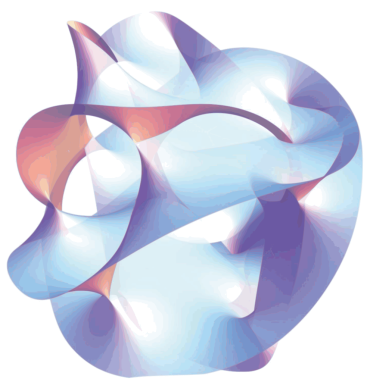
While we don’t have experimental or observational evidence to confirm whether or not any of these additional dimensions really exist, theoretical physicists continue to use these studies to help us learn more about how the universe works. Like how gravity affects time, or the higher dimensions affect quantum theory.




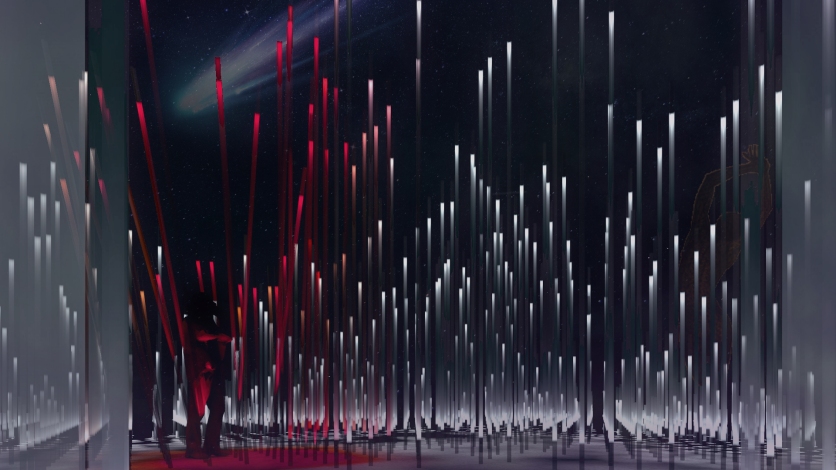
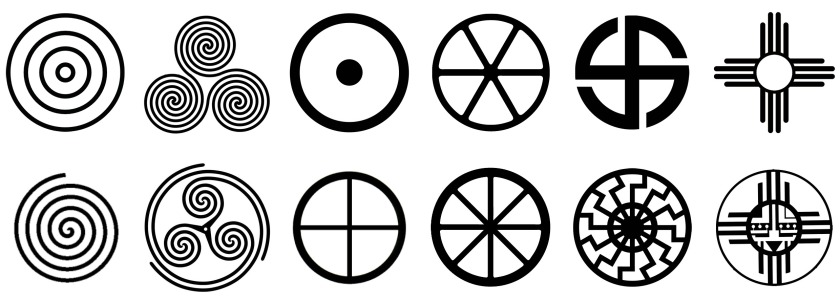
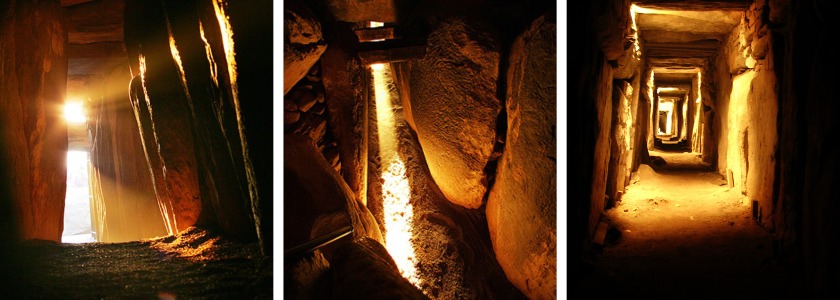

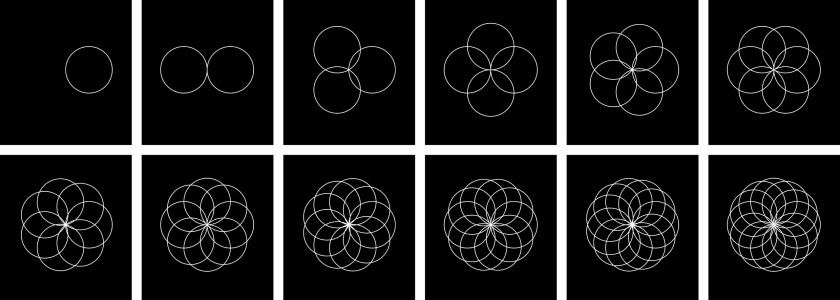
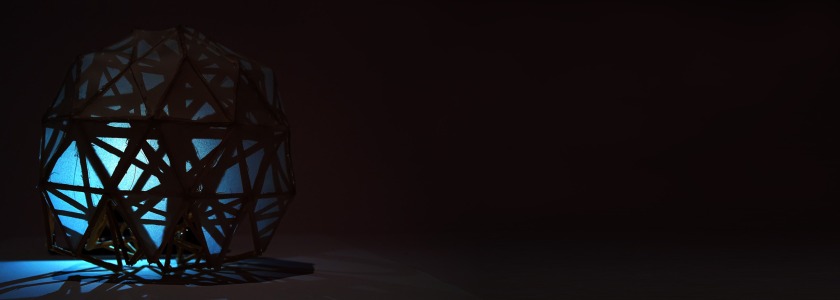
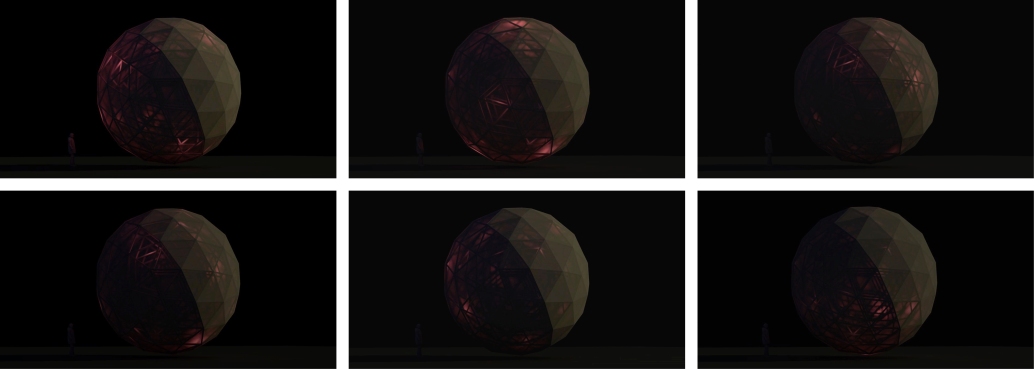
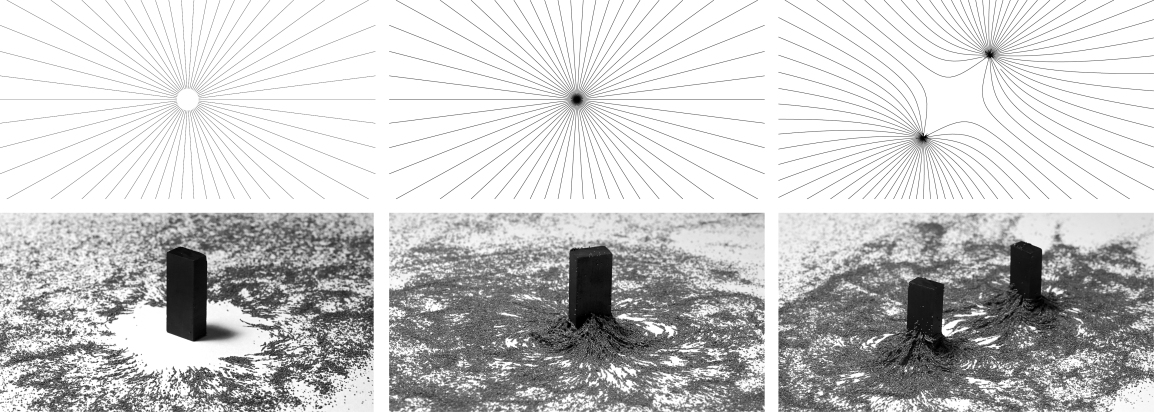
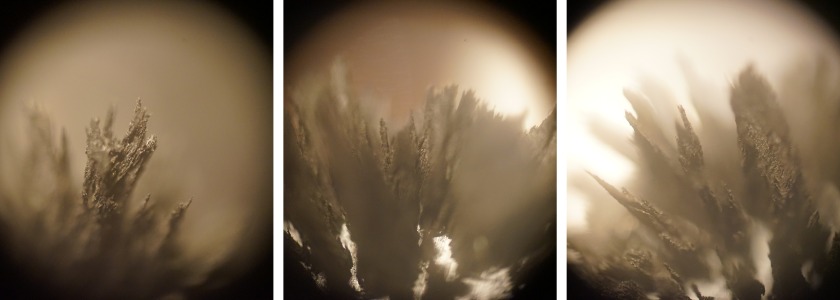
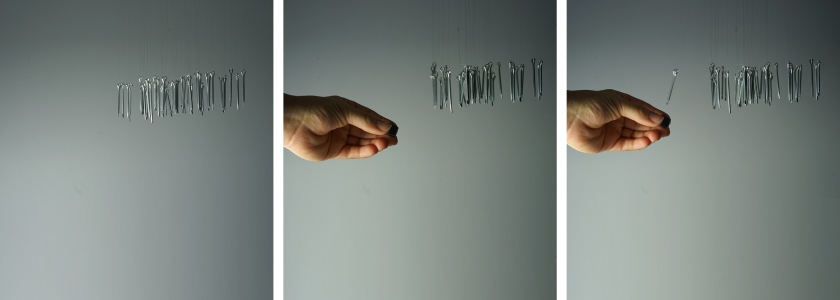
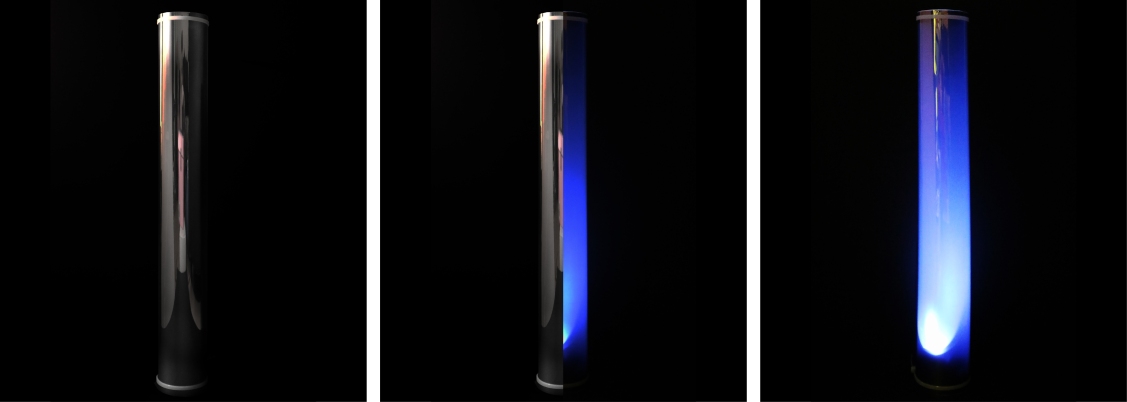
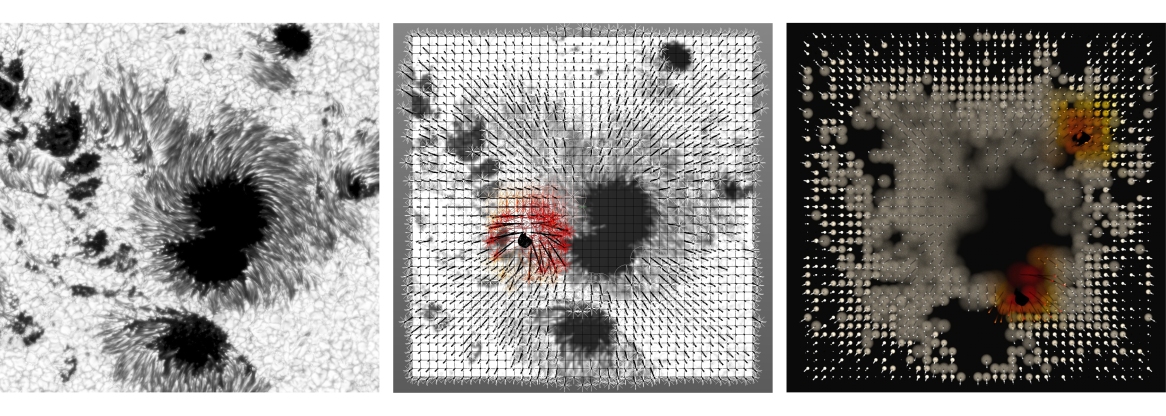
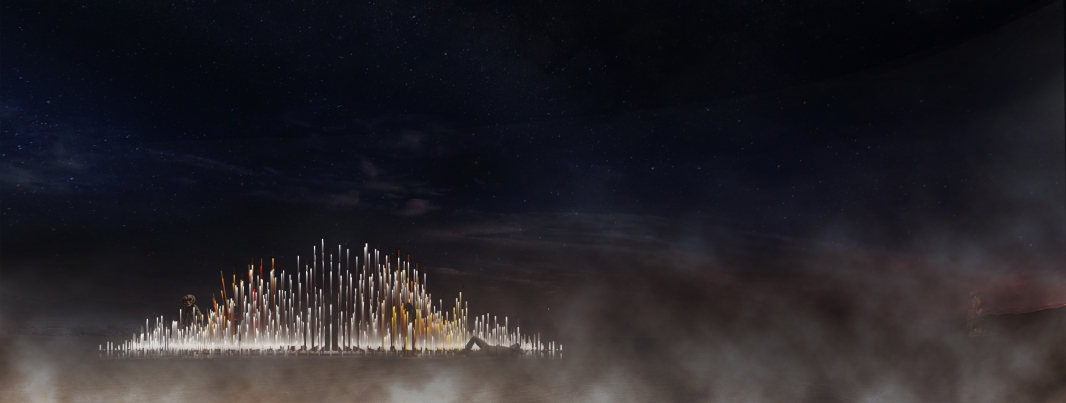

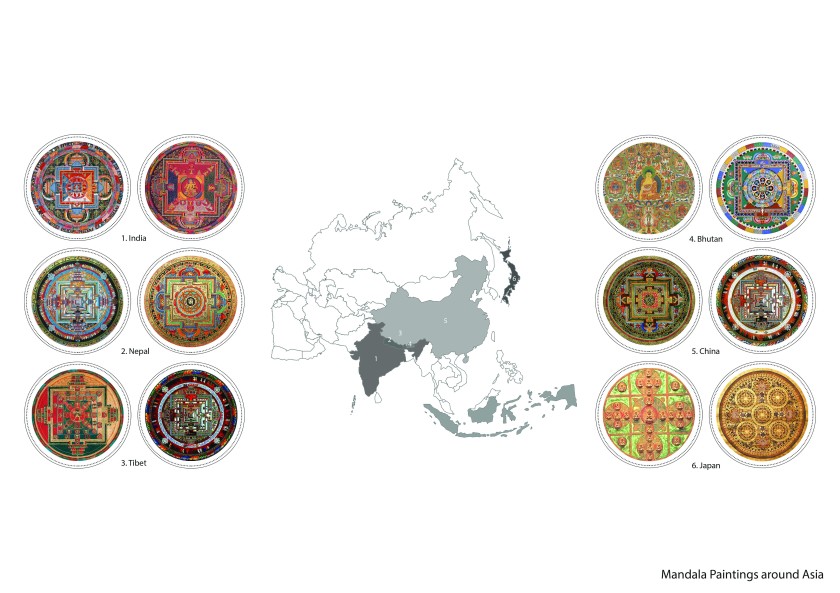




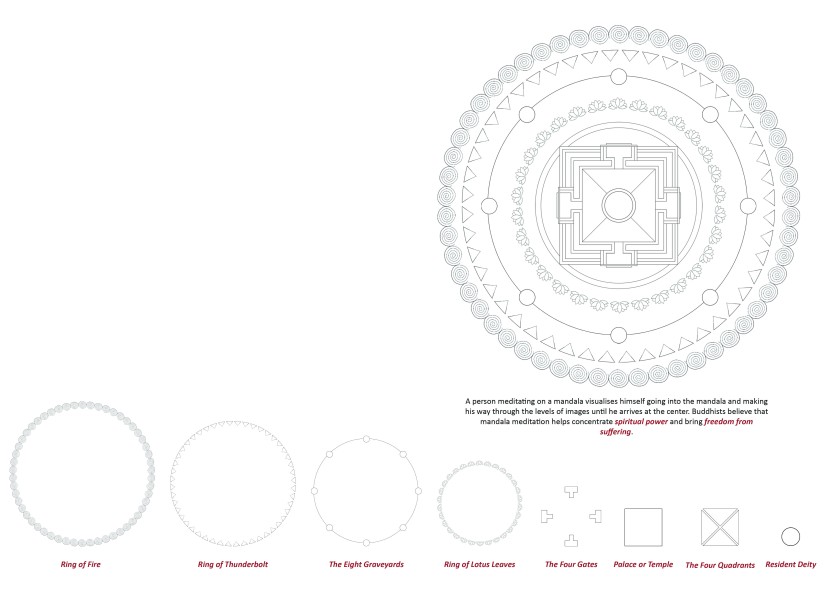

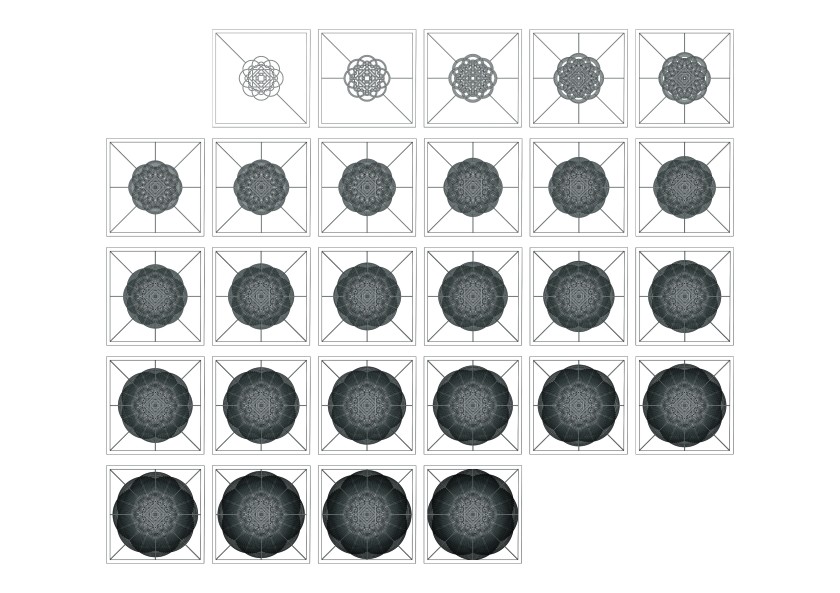
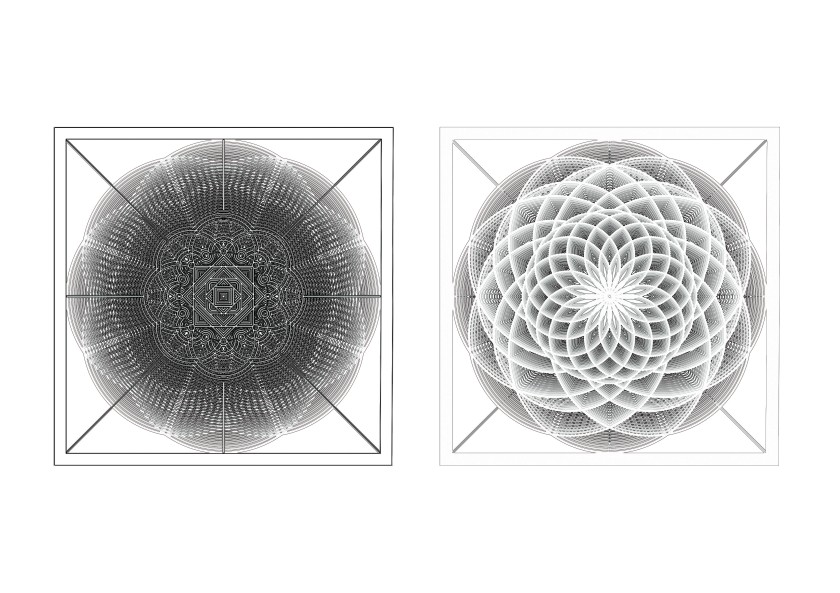
























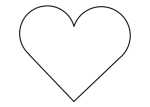 The Heart is an internationally known Symbol for Love.
The Heart is an internationally known Symbol for Love.







 The Tower
The Tower



